19 March 2010
Places of Reverence – Frozen In Time
Posted by Dan Satterfield
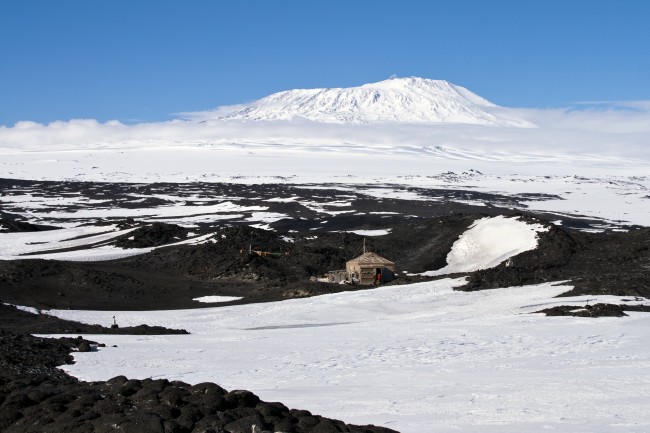
Sir Ernest Shackleton's Hut at Cape Royds Antarctica. Mount Erebus, an active volcano in the background.
The only continent that humans did not naturally colonise is Antarctica. As I write this there are only about 250 people on the entire continent. They will be there through the long dark polar night. It will be spring before the New York Air Guard can fly a plane back in.
The first person to reach the Pole at the bottom of the world did so just 99 years ago. Having been there, I now have a deep respect for those who came first. Antarctica is a difficult and dangerous place in the 21st century.
The early explorers who survived there were more than just brave. They were shining examples of human curiosity and endurance.
You might think that all traces of their visits are gone now. Buried under snow and ice.
You would be wrong.
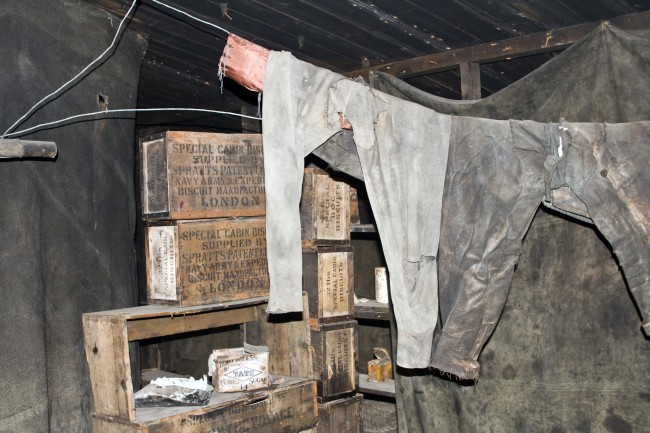
These clothes have been hanging on to dry for a century. Two world wars, the moon landing, the new millennium. They hang still. The clock has stopped at 1907.
Antarctica is a frozen desert. It preserves well everything left there. There are two spots where you can literally walk through a door and go back 100 years. One is at McMurdo Base and the other is not too far away at Cape Royds.
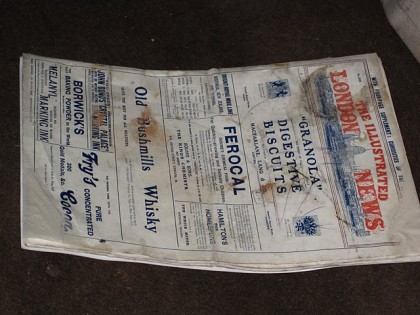
A newspaper in Shackleton's hut that looks like it is a month old. It's over 100 years. My travel colleague Ann Posegate took the pic.
They are the huts built by Robert Scott and Sir Ernest Shackleton.
Scott used the hut at McMurdo on his attempt at the Pole in 1910-1912. He reached it a month after Amundsen. Scott died with is men before he could return.
Shackleton never reached the Pole, but is a legendary figure for the rescue of his men after his ship became trapped and crushed by the ice. He sailed in a tiny boat across the most treacherous ocean on the planet to South Georgia Island. He returned with help and rescued every single man.
That journey remains the greatest “endurance” of humans on record.
He is buried at South Georgia, where he died suddenly, on a future expedition.
When you go into these huts, you walk into another world. A world that no longer exists except in history books and old pictures. Except it does still exist. It is right in front of your eyes. In colour, not an old yellowed photograph. You can touch it. You can smell it. You can feel it.
The cold and dry have preserved everything as Scott, Shackleton and their men left it. Under Shackleton’s hut they just discovered several crates of whiskey. It’s likely still good!
These huts are now protected places.
Permission is needed to enter them. Work is being done to make sure they are protected against the ravages of time and the curious. They are likely safe for a long time to come.
Very few people get this far South into Antarctica. Tourism for the most part is much further North along the Antarctic Peninsula.
I know that most people will never have the chance to stare out the same window that Shackleton looked through.
It was a humbling experience. No one who enters these huts leave them unmoved.
No One.
(Note: These pictures are for non commercial, educational use only. Any other use requires my permission.)



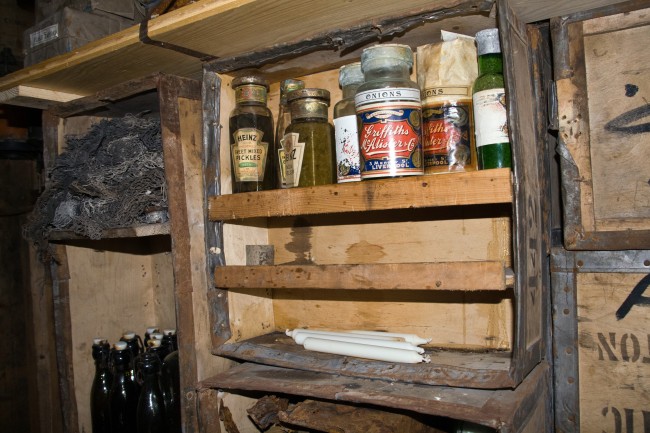
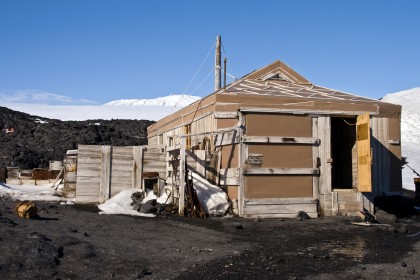
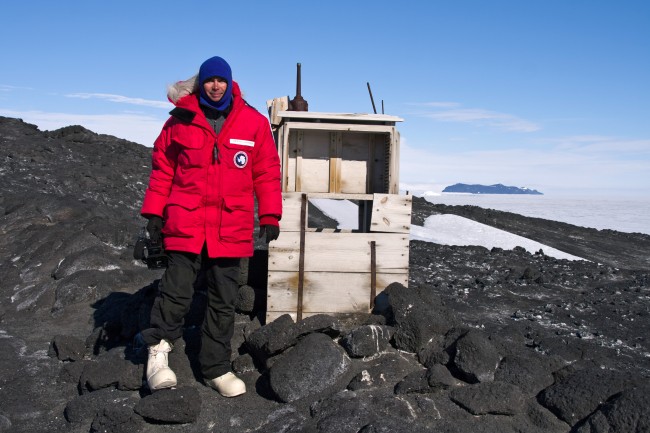
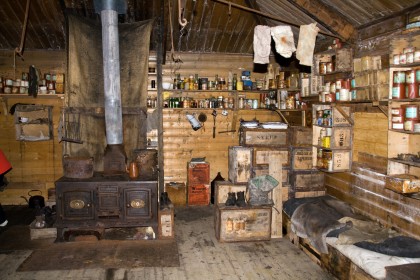
 Dan Satterfield has worked as an on air meteorologist for 32 years in Oklahoma, Florida and Alabama. Forecasting weather is Dan's job, but all of Earth Science is his passion. This journal is where Dan writes about things he has too little time for on air. Dan blogs about peer-reviewed Earth science for Junior High level audiences and up.
Dan Satterfield has worked as an on air meteorologist for 32 years in Oklahoma, Florida and Alabama. Forecasting weather is Dan's job, but all of Earth Science is his passion. This journal is where Dan writes about things he has too little time for on air. Dan blogs about peer-reviewed Earth science for Junior High level audiences and up.
Just the photographs and your tale is moving. I can’t imagine being there. Thanks.